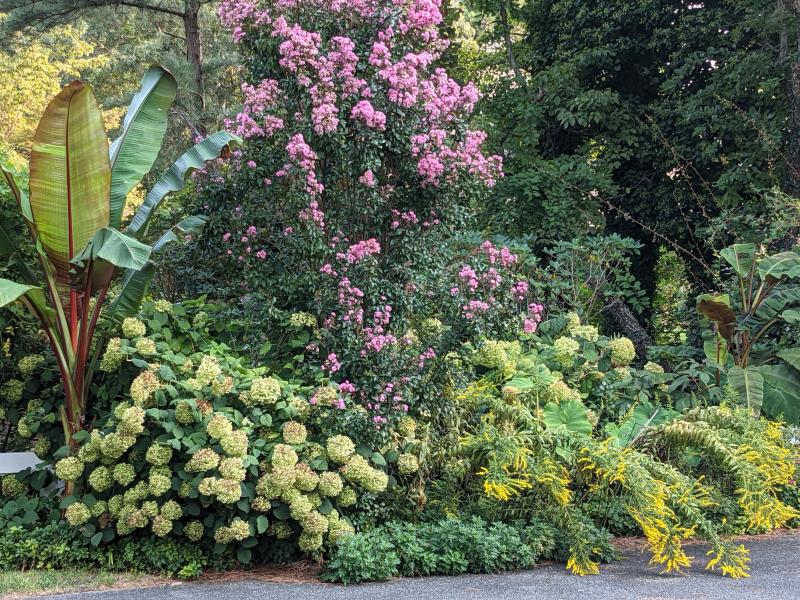
Mill Pond Garden to showcase late-summer beauty Sept. 11
Mill Pond Back garden will open from 10 a.m. to 1 p.m., Sunday, Sept. 11, to share a goodbye to summer event at 31401 Melloy Courtroom, Lewes.
Because of the resident pollinator plants, site visitors may perhaps see several varieties of butterflies which includes black swallowtails, Eastern tiger swallowtails, monarchs, painted women, sulfurs and cabbage moths, which are in fact a form of white butterfly. They may well also see some exciting butterfly caterpillars.
Tickets, available at millpondgarden.com, are $15 to acknowledge a motor vehicle with up to 6 site visitors.
A area, skillfully staffed, holistic botanic garden developed to reveal the most effective plants and helpful tips for Cape Region gardens, Mill Pond is a resource of both equally inspiration and horticultural facts.
Summertime gardens have achieved an opulence of foliage vegetation and annuals. Viburnums and hollies have ripening berries. There will be sages with hummingbirds, roses, tall phlox (the longest-blooming pollinator perennial), hibiscus, hardy begonias, liriope which includes the uncommon royal purple, and decorative grasses with inflorescence, most noteworthy being the rare diamond grass. There may perhaps be some waterlilies in bloom and some giant-flowered tropical brugmansia aka angel trumpets, a solanaceae (nightshade) relatives member and relative of tomatoes and peppers. Website visitors will see the past of the crape myrtle Rhapsody in Pink, blooming constantly considering that late June.
The open back garden working day will also be a good time to see the major, attractive gold-and-black backyard garden spider found in hedges and the large net-building barn spider of “Charlotte’s Web” fame. Other sights incorporate frogs, box turtles, and a resident snapping turtle called Al in the stream pond.
This year, Mill Pond Back garden is featuring six species of salvia. The significant genus of vegetation consists of annuals, perennials and even woody shrubs. There are much more than 1,000 species in the genus, lots of of which have the common identify sage, and some of which are excellent yard and culinary plants. Several species of salvia have a powerful, pleasurable scent, producing them desirable not only to people, but also to bees, butterflies and hummingbirds. While most salvia species are technically perennials, some of the most popular are planted as annuals in colder locations.
The the greater part of salvia vegetation are recognized for their prolonged blooming time period, which at times can lengthen from late spring all the way into tumble. These vegetation are certain to inject trusted color into any yard design. Varieties one may well see domestically are Salvia Sizzling Lips, popular garden sage, Salvia Black and Blue, Salvia Black and Bloom, dwarf salvia, and bathroom salvia, a robustly blooming, quick-rising, tall, bushy plant that thrives even in badly drained soils. Try out fertilizing with a focus that has pretty lower or no nitrogen but is high in phosphates and potash. Mill Pond Back garden gets good achievement with a weak spray of diluted EZ-gro Bloom Booster or Liquid Blue Bloom Booster.
Mill Pond Garden does not use spray concentrates on the soil so as not to anxiety the valuable microbes, but just flippantly sprays the major foliage of blooming crops to strengthen their flower generation this strategy is recommended as a finest practice.
Mill Pond Backyard garden is a Countrywide Wildlife Federation Licensed Wildlife Habitat. Component of its mission is to display how to supply habitat to wildlife, especially threatened species and those that profit the gardens, by giving food items, h2o, deal with, sites to increase youthful and sustainable practices. Any person can create a welcoming haven for community wildlife. Turning one’s yard, balcony container back garden, schoolyard, get the job done landscape or roadside eco-friendly space into a Certified Wildlife Habitat is fun and simple, and can make a lasting change.
